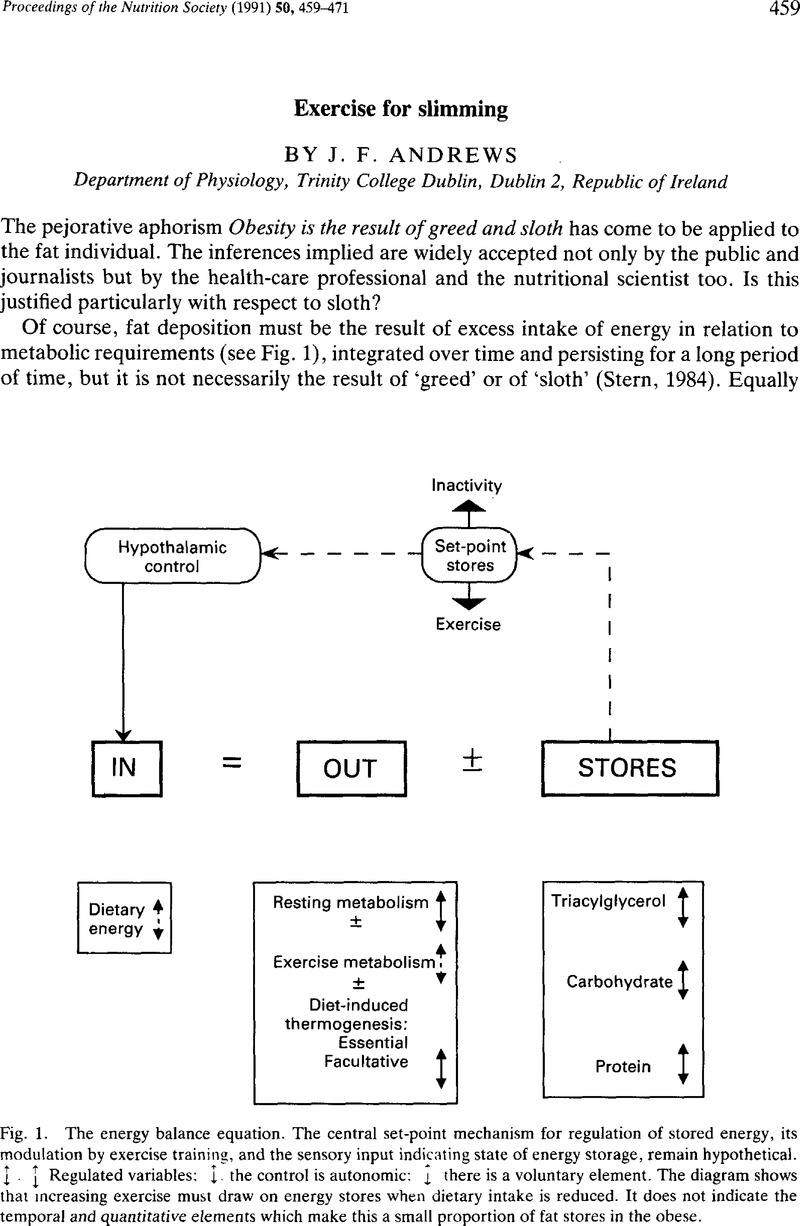Crossref Citations
This article has been cited by the following publications. This list is generated based on data provided by Crossref.
Abdel‐Hamid, Tarek K.
2002.
Modeling the dynamics of human energy regulation and its implications for obesity treatment.
System Dynamics Review,
Vol. 18,
Issue. 4,
p.
431.
ABDEL-HAMID, TAREK K.
2003.
Exercise and Diet in Obesity Treatment: An Integrative System Dynamics Perspective.
Medicine & Science in Sports & Exercise,
Vol. 35,
Issue. 3,
p.
400.



